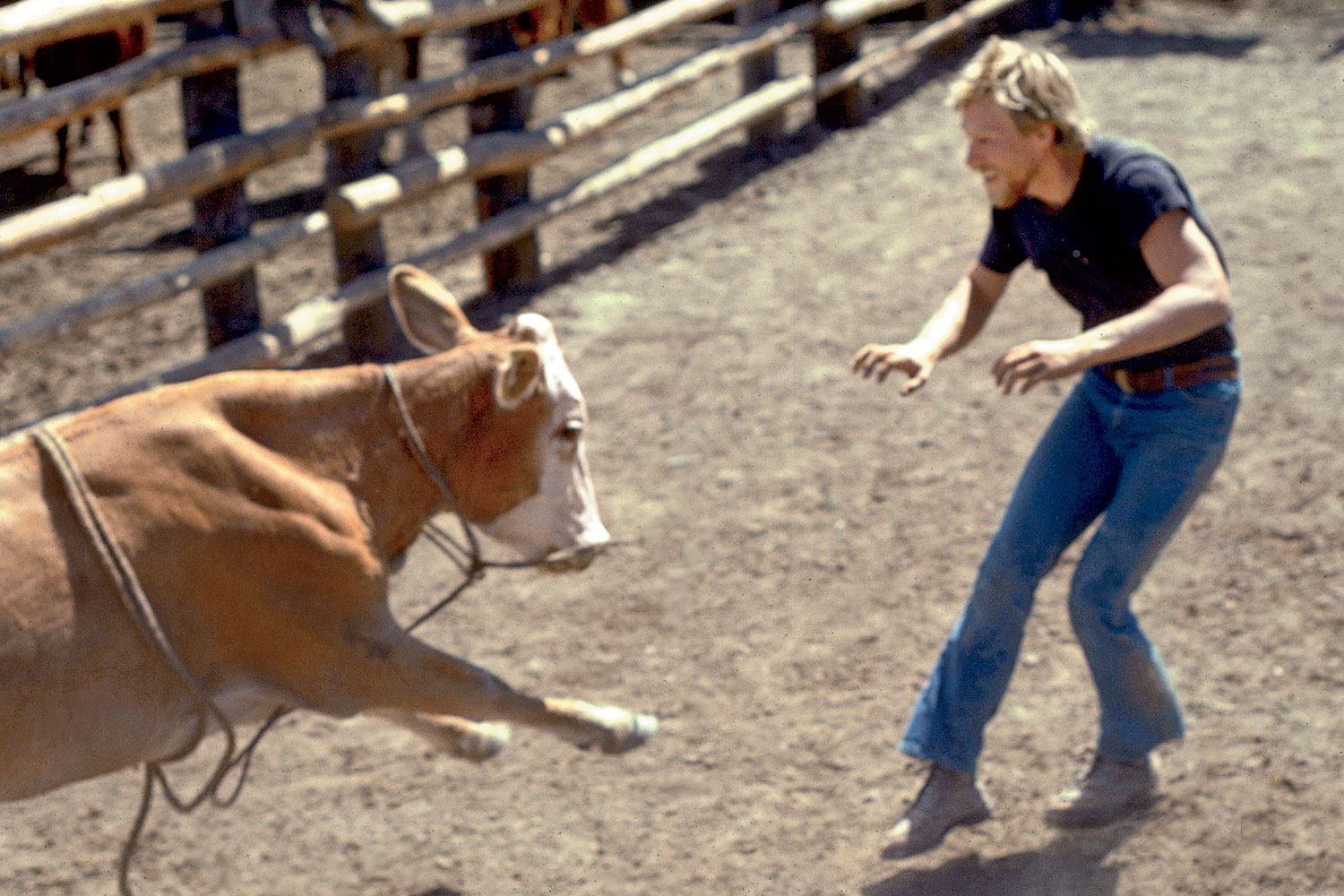Paleontologist Lance Grande’s new book pulls the curtain back on the Chicago institution. Curators: Behind the Scenes of Natural History Museums (University of Chicago Press) is out March 21. Here, a few things you’ll learn.
1 A pro “extraction team” is on retainer.
Curators at the Field have been trapped behind the lines of a village revolt in the Andes, navigated war-wrought borders, and hired Congolese militias as protection details. Sometimes, writes Grande, “even the U.S. State Department is not enough.”
2 A former Field botany curator is a superstar in Peru.
Michael Dillon, a.k.a. Dillon of the Andes, has dozens of plant species, a scientific journal, and a conservation institute named in his honor there. Once, in a bid to persuade Mexican ranchers to let him collect specimens on their land, he jumped into a rodeo ring and rode a bucking cow. He got a good trampling—and access.
3 The Field’s massive bird collection?
Built from casualties of Chicago’s skyscrapers. Every year, thousands of migrating birds—exhausted from traveling over Lake Michigan and drawn to city lights—crash into the Loop’s gleaming windows. Volunteers sweep the sidewalks, adding up to 5,000 birds to the museum’s archives annually.
4 Herpetologists are tougher than you might think.
In 1923, Field curator K.P. Schmidt led a reptile collection trip to Central America and rediscovered a lost species: the Morelet’s crocodile. He wrestled the five-foot specimen to the shore barehanded.
5 The Field holds more bodies than your average graveyard.
The remains of more than 6,000 humans, including a shrunken head collection, have amassed in the museum’s anthropology department. But that number is declining: Due to ethical concerns, the Field now has a repatriation expert, who returns ancestral remains to those with a claim.




